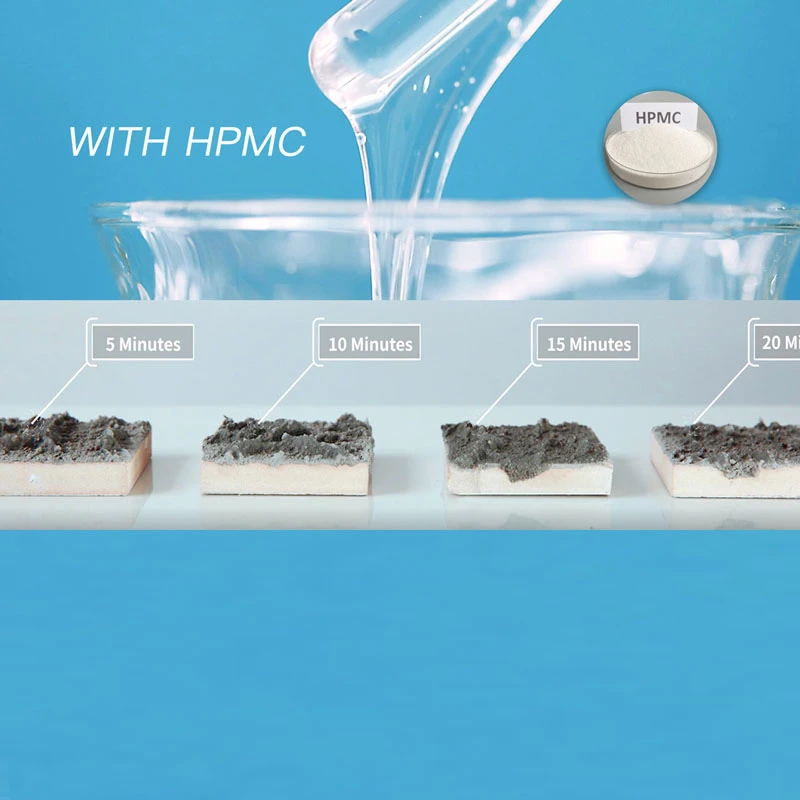Chemicals for Making Cement An Overview
Cement is a fundamental ingredient in construction, serving as a binding agent in concrete, mortar, and other building materials. Understanding the chemicals involved in the production of cement is essential not only for those in the construction industry but also for civil engineers, environmentalists, and manufacturers looking to optimize their processes. This article explores the primary chemicals used in making cement, their roles, and the significance of these materials.
1. Limestone and Clay The Main Raw Materials
The primary ingredients in cement production are limestone (calcium carbonate) and clay (silicates of aluminum). These materials are quarried and then crushed and blended. Limestone provides calcium, while clay supplies silica, alumina, and iron oxide—all necessary for the chemical reactions in the kiln. The interaction of these raw materials at high temperatures forms the basis of cement chemistry.
2. The Clinker Formation
The raw materials are heated in a rotary kiln at temperatures exceeding 1400°C (2550°F). During this process, called calcination, calcium carbonate decomposes into calcium oxide (lime) and carbon dioxide. The silicates and aluminates in the clay react with the lime, forming various mineral phases collectively known as clinker. These minerals—primarily tricalcium silicate (C3S), dicalcium silicate (C2S), tricalcium aluminate (C3A), and calcium ferrite (C4AF)—are crucial for determining the properties of the final cement product.
- Tricalcium Silicate (C3S) is responsible for the strength of the cement. It hydrates rapidly, contributing to the early strength development. - Dicalcium Silicate (C2S) hydrates more slowly, providing strength over a longer period. - Tricalcium Aluminate (C3A) plays a role in the setting time and the heat generation during hydration, influencing the cement's performance in various environments. - Calcium Ferrite (C4AF), while contributing less to strength, affects the color of cement and some of its hydration properties.
After cooling, clinker is ground into powder with a small amount of gypsum (calcium sulfate dihydrate) added. Gypsum is essential for controlling the setting time of cement. Without gypsum, C3A would react too quickly with water, leading to flash setting, which can hinder workability and application. By adding gypsum, the hydration process is moderated, allowing for better control over the workability of the cement.
chemicals for making cement

4. Other Additives and Chemical Components
In addition to the primary ingredients, various additives can enhance the performance of cement. Some of these include
- Fly Ash A byproduct of coal combustion, it can replace a portion of cement, improving workability and reducing water demand. - Slag Ground granulated blast-furnace slag is another byproduct that enhances durability and resistance to chemical attacks. - Limestone Powder When finely ground, it can be blended with clinker to produce composite cements, promoting sustainability by reducing the amount of clinker needed.
Chemical admixtures are also utilized to modify properties such as setting time, workability, and resistance to different environmental conditions. For instance, superplasticizers improve the flow of concrete without increasing water content, essential for large-scale applications.
5. Environmental Considerations
The production of cement is energy-intensive and generates significant carbon emissions, primarily due to the calcination of limestone. As such, the industry faces increasing pressure to develop more sustainable practices. This includes the use of alternative raw materials, energy-efficient processes, and carbon capture technologies to mitigate environmental impact.
Conclusion
The chemistry of cement production is a complex interplay of various materials and processes. Understanding the role of each chemical component is essential for optimizing cement formulations, improving performance, and reducing the environmental footprint. As the construction industry evolves, innovations in cement chemistry will play a critical role in meeting the demands of a sustainable future.
-
Rdp Powder: Key Considerations for Wholesalers in the Building Materials IndustryNewsJul.08,2025
-
Key Considerations for Wholesalers: Navigating the World of Hpmc - Based ProductsNewsJul.08,2025
-
Hpmc Detergent: Key Considerations for WholesalersNewsJul.08,2025
-
Key Considerations for Wholesalers: China Hpmc For Tile Adhesive, Coating Additives, Concrete Additives, and MoreNewsJul.08,2025
-
Crucial Considerations for Wholesalers: Navigating the World of Construction MaterialsNewsJul.08,2025
-
Key Considerations for Wholesalers Sourcing Additive For Cement, Additive For Concrete, Additive For Putty from Additive Manufacturer Shijiazhuang Gaocheng District Yongfeng Cellulose Co., Ltd.NewsJul.08,2025




